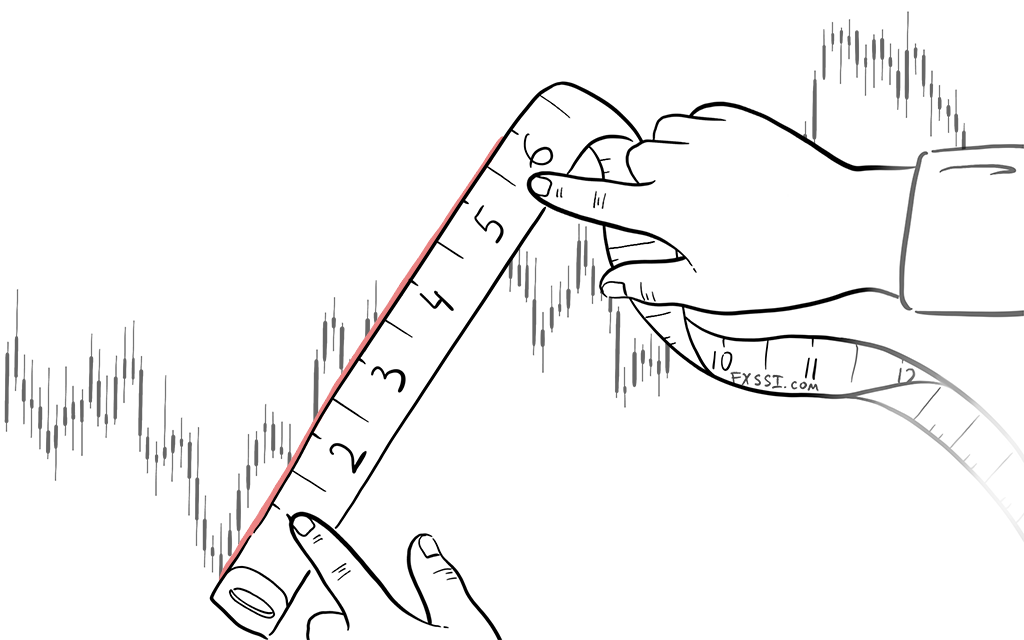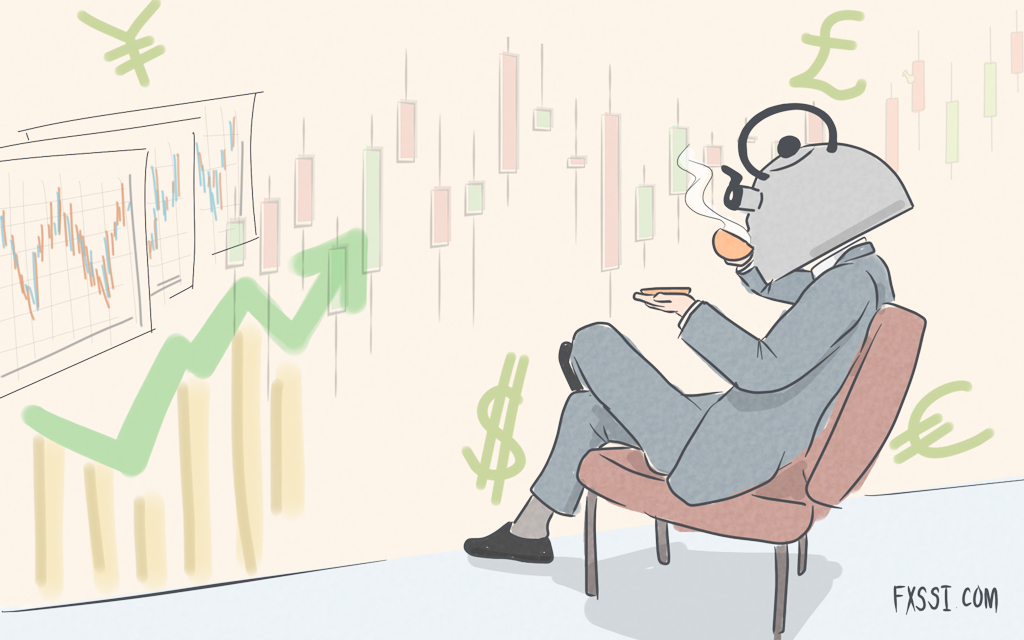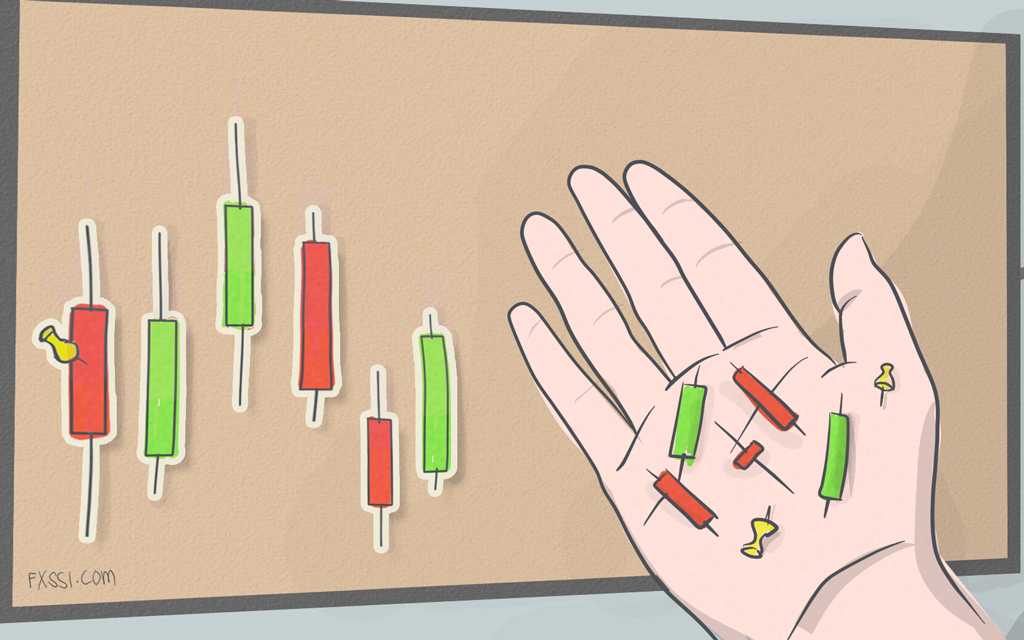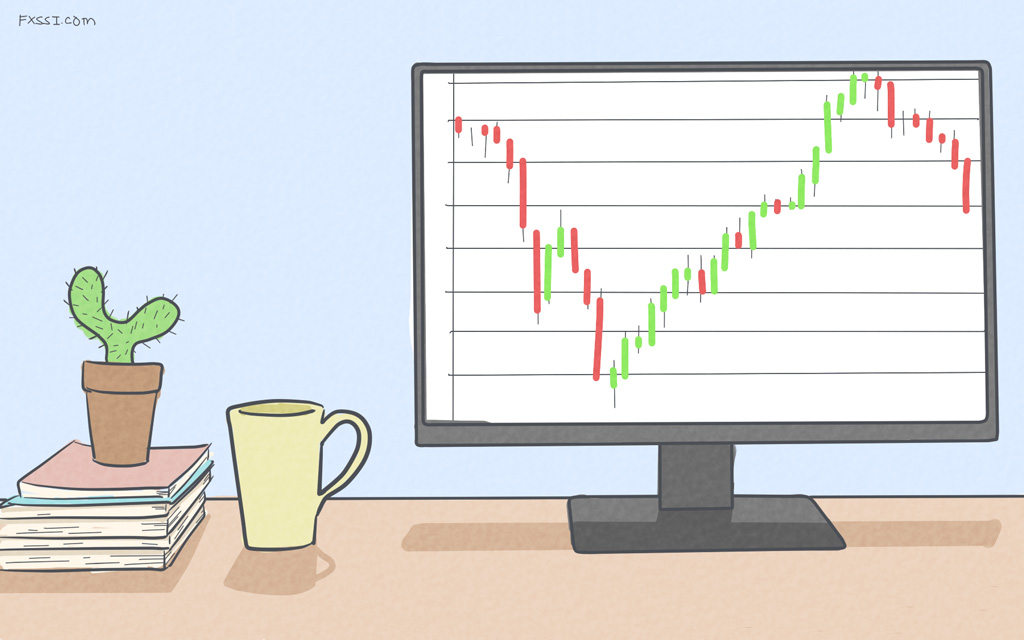Vital Checks Before Entering the Market and Why a Trading Plan Is So Important
Entering a trade and crossing a busy road are equally hazardous and have their fair share of risks. The two can cause serious damage to both health and wealth. However, these risks can be mitigated with due diligence and education.


As children, we are taught by our elders the basics of crossing the road in a safe and secure manner.
We are instructed that there’s a simple process we must adhere to. We learn that there are definite rules to Think, Stop and Look, before crossing.
Would you consider crossing an extremely busy road – without stopping to think and look?
Any sensible person would think about the approaching danger, assess the risks involved, and then look carefully to gauge the right time to cross, safely.
Trading Forex is no different.
You may have noticed that a large majority of traders do not have any checks in place when they open a trade. They’ll rather place a trade based on some vague notion or a “hunch” about a currency pair, or even based on some advice from an anonymous stranger on the Internet.
As a result, they find themselves entering at the worst possible time and facing a horrible and threatening situation, which could have been so easily avoided by drawing up a checklist first.
Since a large majority of retail traders do not make any checks, or rather, they are not taught to do so, they believe every media event and regularly act on emotional impulse. So, it would be very wise to do the opposite.
In order to successfully navigate across the highly volatile world of foreign exchange, it’s necessary to set aside some time to prepare and create a trading plan.
So, since waiting for the green light is clearly a sensible and safer idea, we need to have a checklist ourselves for a more confident and risk mitigated entry.
Check 1: Risk Management
Risk management is the last thing people learn, but ironically it’s the most important thing to know, especially for those aiming at long term successful Forex trading.
- Do you know where your Stop Loss will be?
- Where do you plan your Take Profit?
- Do you know your position size and are you respecting the risk to account?
- Are you constantly aiming for a good Risk to Reward?
Before discovering the FXSSI sentiment indicators, I would place my stop loss at a location that seemed to make sense (based on some candlesticks), and then I would wonder why the price would take my stop and propel away, leaving me at a loss and in an infuriated state.
By using the Order Book and Stop Loss Cluster software, I was able to actually see where to place the entry point, Take Profit and Stop Loss.
Risk management is a very hard concept to teach, but its importance is paramount and it must be respected at all times. Without it, you’re essentially crossing a busy street blindfolded.
Check 2: Fundamental Research
Fundamental analysis has an enormous significance and must be included in the trading plan.
It is highly recommended to have a good understanding of the fundamental factors that “move” the market.
For instance, here are some of the questions you must ask yourself before placing a trade:
- Is the currency pair affected by Risk On/Off flows? AUD, USD and JPY crosses will move vigorously in a bullish or bearish scenario for indices, for example.
- Is there a high severity data release, such as an Interest Rate decision or the Central Bank press conference coming up?
- Are there global issues concerning government policy (Italian politics affects the EUR, and Brexit impacts the GBP, for example)?
By overlooking or ignoring these fundamental checks, you may inadvertently put yourself at unnecessary (and avoidable) risk!
Check 3: Sentiment Analysis
Sentiment analysis is the study of retail participants and their behaviour within the market.
It investigates how retail traders react – positively or negatively – to certain news events as they unwittingly form a collective bias on the subject matter.
Yet, they seem to be consistently trading counter trend and they keep losing money.
Why is this the case? Why does the price move against the majority when it forms a bias?
To put it simply:
- The small fish are often at the bottom of the information food chain and believe everything they read, i.e. is fed to them via the mass media.
- They will react to these events in a spontaneous fashion since they are emotional beings.
- They make constant errors of judgement due to their emotions and clouding logic.
- They typically are terrible at risk management and are very stubborn.
You will discover that rather than cutting a bad trade, they will hold onto their losses regardless. When they make a small profit, they will exit very quickly. And we see this everyday examining the Order Book: the traders losing at any one time significantly outweigh the traders making profits; and this fact will remain true until the end of time. It’s just human nature to be emotional and stubborn.
And this is why observing their behaviour will remain an important factor in our trading plan.
Let’s examine how we can use sentiment analysis in the foreign exchange market:
The “high level” (or static) concept:
- Is the currency pair we’re planning to trade actually a “buy” or “sell”? What if we examine the long/short ratios? How is the “herd” positioned on EURUSD, for example? Are they net long or short, above or below 50% in their bias?
The “low level” (or dynamic) concept:
- Is the currency pair more of a “buy” or “sell” over time? This requires a more in-depth analysis, which is something I recommend you take time to study and examine, as time is the key to understanding sentiment analysis at a much deeper level.
Let’s summarize:
There’s an inertia and momentum behind sentiment analysis as we examine the “dumb money” flow, since we must remember why they hold onto their losses, and cut their winners.
We need to study if the low level is in agreement with the high level. We know their bias already, but are they increasing positions over time at this “low level”? Would this confirm the “big picture”?
And if they are, that’s one of the most important checks to carry out.
Check 4: Technical Studies
Technical analysis is the most obvious thing that a beginner trader must take into account, and for this reason it is the last check.
The majority of traders already have an appreciation of technical analysis – mostly through their own self discovery process, when they sit down at their screen and begin trading. So, it isn’t really necessary to discuss it too thoroughly at this point.
However, we do want to focus on technical instruments that give us a “True” or “False” signal to boost our confidence before entering the market. Waiting for a technical signal is pretty much like waiting for a “green light” when crossing a street:
Stop…Wait…Go
Some examples that give us an easily understood and user friendly binary “Go/No Go” outcome:
- Is the price above or below the pivot point? (Daily, Weekly and/or Monthly)
- Have we exceeded the Average Daily Range (ADR)? If we have, entering at that particular point in time would be fraught with excessive risks.
- Have we broken key supply or demand zones on a high timeframe, such as daily, weekly and monthly?
As a side note, it’s worth noting that a dangerous pitfall occurs when a trader uses technical analysis solely on its own. They become so focused on their charts, that they actually lose sight of the fundamental and sentiment mechanics that physically drive the market. They have their unconscious bias written all over their charts as they draw the lines indicating the direction in which they wish the price would go.
So, while technical analysis is an important study on its own, it must not be used without fundamental and sentiment analysis. However, using the instruments that give us a clear Yes or No sign, i.e. indicate a “Go” or a “No Go” result, such as checking to see if the price is above or below the pivot points is highly recommended and must be taken into account before entering the market.
Checks carried out and you’re good to go!
Finally, the checklist is complete and you’re ready to enter the market. But let’s get back to the analogy that’s been used at the beginning of this article: you’d require supervision crossing the road for the first time as a kid.
This is why it’s an excellent idea to join a community of experienced traders, who can advise you (based on their experience) how to “cross the road” safely.
You would never cross the busy highway blindfolded without thinking, and the same logic applies to Forex trading, you would never survive long term without waiting for the green light.
Retail traders are never taught to Think, Stop and Look before entering a trade.
The large majority of people will never learn, either due to their lack of patience, lax discipline and/or poor education.
And so, this is how you can achieve long-term success in trading:
- Have a strict trading plan.
- Consciously stick to it, no matter what.
- Always remain patient and wait for the “green light”.
Guest post by David Bennett (t.me/quasidb) – all levels of experience are welcome!

















